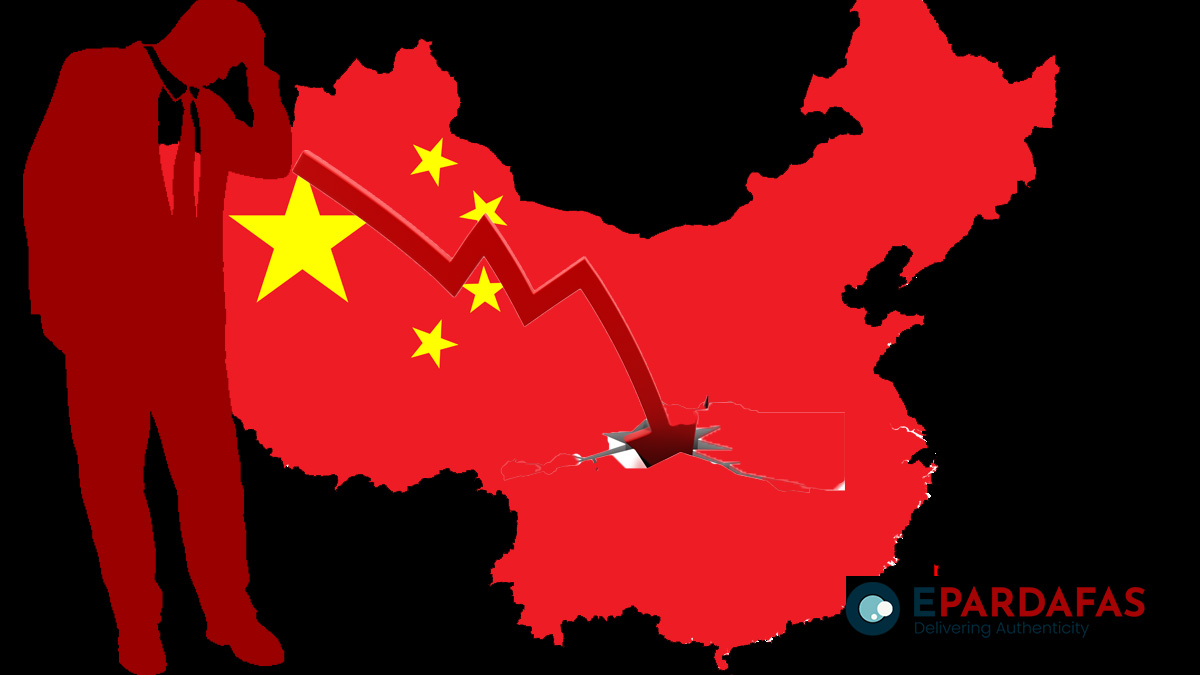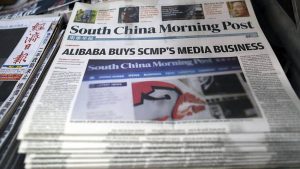
Property Plunge, Consumption Pause: China’s 2023 Growth Hits 30-Year Historic Low
The economic contours of China in 2023 appear to be painted in muted tones as the nation contends with a perfect storm of challenges, with forecasts suggesting its weakest annual growth rate in over three decades. A consortium of experts interviewed by AFP anticipates a modest expansion of 5.2 percent in China’s Gross Domestic Product (GDP), marking a significant decline from previous years and underscoring the multifaceted nature of the hurdles faced by the world’s second-largest economy. This in-depth analysis seeks to unravel the intricate tapestry of issues contributing to China’s economic slowdown, from a crippling property crisis to sluggish consumption and the looming shadows of global uncertainties.
Property Crisis: A Sinking Anchor for Growth
At the epicenter of China’s economic struggles lies a prolonged and formidable real estate crisis. The property sector, historically constituting around 25 percent of the country’s GDP, had been a juggernaut of growth for two decades. However, the recent financial turmoil at major real estate players such as Evergrande and Country Garden has sent shockwaves through the market, resulting in buyer mistrust against a backdrop of unfinished housing projects and a precipitous drop in property values. Purchasing property, once deemed a secure investment by many Chinese citizens, has now become a risky venture, significantly impacting household finances.
Jing Liu, Chief Economist for Greater China at HSBC, identifies the property sector as the linchpin for China’s economic recovery. Insights from analysts, including Harry Murphy Cruise from Moody’s ratings agency, suggest that key indicators such as real estate investment, dwelling prices, and new dwelling sales are anticipated to experience a continued downward trajectory throughout 2024, with a potential turnaround and modest contribution to growth only expected in 2025.
Labor Market Struggles and Consumer Confidence Erosion:
Compounding the property crisis are “sluggish labor market conditions,” as aptly pointed out by Helen Qiao, Head of Asia Economic Research at Bank of America. A staggering record of more than one in five individuals aged 16 to 24 in China were unemployed in May, a disconcerting statistic that further dampens consumer confidence. The uneven recovery in the labor market poses a significant hurdle, with potential ramifications on spending patterns.
While certain service industries have experienced a partial rebound as consumers return to restaurants, transportation, and tourist destinations, the overall spending levels often fall short of the pre-pandemic benchmarks set in 2019. Notably, the state-subsidized auto sector stands as a notable exception, showcasing resilience through a wave of electrification that has bolstered domestic manufacturers like BYD, successfully surpassing Elon Musk’s Tesla as the world’s best-selling electric vehicle (EV) maker in the fourth quarter.
Global Economic Headwinds and Export Challenges:
The ripple effects of China’s economic challenges extend beyond its borders, with geopolitical tensions and global economic dynamics playing pivotal roles. Chinese exports, historically a key lever of growth, witnessed a decline last year for the first time since 2016, according to data published by the country’s customs agency. The decline is attributed to geopolitical tensions with the United States and concerted efforts by some Western nations to decrease dependence on Beijing or diversify their supply chains.
Teeuwe Mevissen, an analyst at Rabobank, underscores the shifting landscape, noting that more Western companies are diversifying their investments away from China. This not only results in significant capital outflows but is also attributed to China’s proactive strategy of increasing its own investments abroad. The intricate dance between geopolitical factors and economic strategies is expected to persist and shape China’s economic trajectory in the foreseeable future.
Outlook and Forecasts:
Looking ahead, the challenges persist, and China’s growth is expected to decelerate further in 2024. The World Bank forecasts a growth rate of 4.5 percent for the year, with the average prediction by AFP’s pool of experts hovering at 4.7 percent. The uneven recovery, coupled with the ongoing property crisis and global economic headwinds, sets the stage for a pivotal period in China’s economic narrative.
Conclusion:
As China grapples with the aftermath of a severe property crisis, sluggish consumption, and global uncertainties, the economic roadmap for the nation appears fraught with challenges. The interplay of domestic tribulations and external pressures creates a complex economic landscape, demanding strategic finesse and adaptability. All eyes are now on Beijing’s anticipated announcement of a new growth target in March, a crucial moment that will likely shape the policies and initiatives employed to navigate these turbulent economic waters and steer the nation towards a path of sustained recovery.















Comments